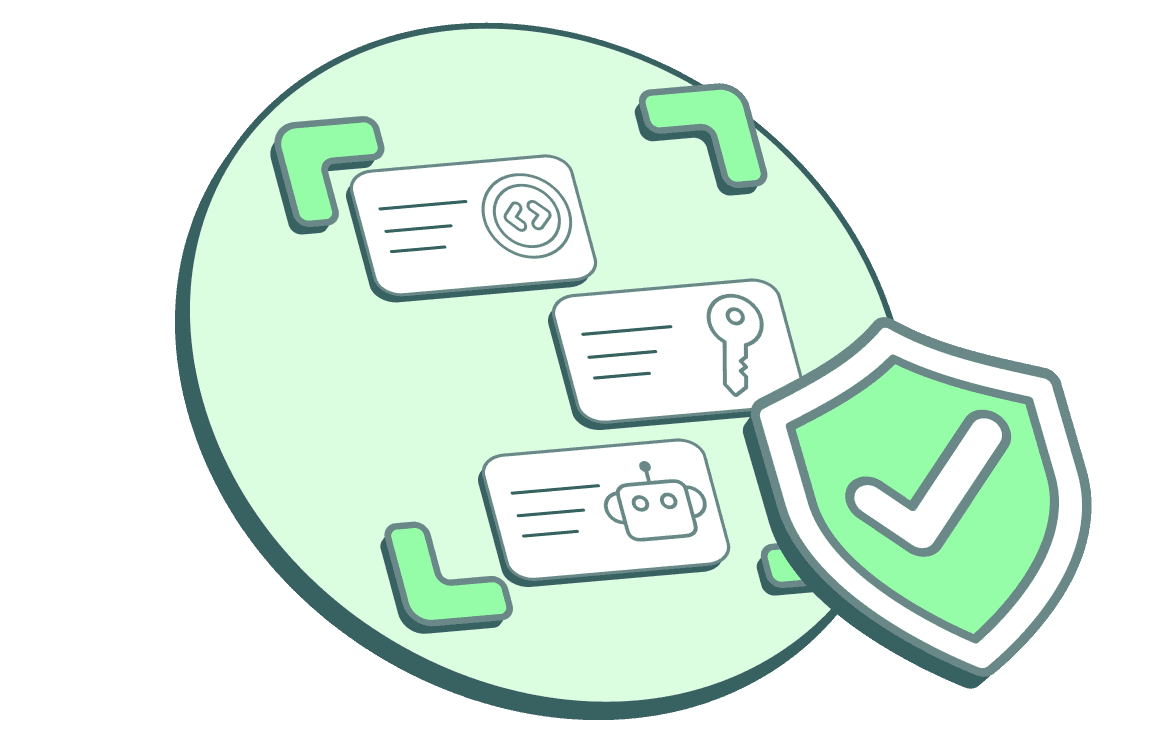Enhancing Cybersecurity with Non-Human Identity Management: Best Practices
Sep 19, 2024
Understanding the Role of Non-Human Identity Management in Cybersecurity
In the complex world of cybersecurity, Non-Human Identities (NHIs) play an increasingly critical role. From bots conducting routine tasks to more sophisticated AI-driven processes that manage network operations, these entities are pivotal in securing digital infrastructures. However, when mismanaged, NHIs are attractive targets for cyberattacks. Strong Non-Human Identity management is critical to enhancing cybersecurity protocols and safeguarding sensitive data and privacy.
Adopting Non-Human Identity Management: What to Consider
Non-Human Identities serve as the backbone of the software ecosystem, ensuring seamless interactions between diverse digital entities. Effectively managing these NHIs requires a comprehensive understanding of the ecosystem dynamics. When establishing their NHI strategy, organizations must consider:
Interoperability: Remaining vigilant to the interconnected nature of the technology landscape and the downstream impacts an NHI could have.
Scalability: Developing solutions that can accommodate growth without compromising security or performance.
Security: Addressing vulnerabilities that may arise due to the complex interactions between various Non-Human Identities, and ensuring that NHIs are well-managed.
By addressing these challenges head-on, organizations can reap the benefits of streamlined and secure Non-Human Identity management.
Best Practices for Managing Non-Human Identities
Leveraging Security Platforms
Selecting the right management platforms is crucial for the effective management of NHIs. These platforms should offer comprehensive features that cater to the unique needs of Non-Human Identities, such as automated discovery, detailed auditing and intelligent context, and advanced anomaly detection capabilities.
Optimizing Service Accounts
Service accounts are essential for running applications and services securely. Best practices for managing these accounts include:
Principle of Least Privilege: Ensure that service accounts have only the permissions necessary for their functions. Be mindful of excessive permissions that service accounts may inherit.
Regular Credential Rotation: Implement policies for regular credential rotations to enhance security, including strong password policies and trigger-based rotations.
Managing Machine Identities
Machine identities, such as those used by devices and sensors in IoT environments, require specialized management strategies:
Lifecycle Management: Regularly update and decommission machine identities as needed.
Automation: Use automation to manage the scale and complexity of machine identities efficiently.
Enhancing Authentication with Security Tokens
Security tokens play a vital role in the authentication and authorization processes for NHIs. They provide a secure way to establish and verify identities across systems without exposing sensitive credentials.
Conclusion: Strengthening Cybersecurity with Non-Human Identity Management
As we look towards the future, the role of Non-Human Identities in cybersecurity is set to grow exponentially. Emerging technologies such as artificial intelligence and machine learning will further rely on NHIs, making them more autonomous and integral to cybersecurity strategies. The continuous evolution and adaptation of Non-Human Identity management practices will be essential for staying ahead of potential threats and securing the digital landscape.
Natoma is designed to streamline the management of NHIs. By automating many of the tasks associated with Non-Human Identity management, Natoma helps businesses enhance their security posture while reducing operational overhead.
Contact us today to schedule a demo and see how Natoma can secure your digital assets and streamline your operations.

